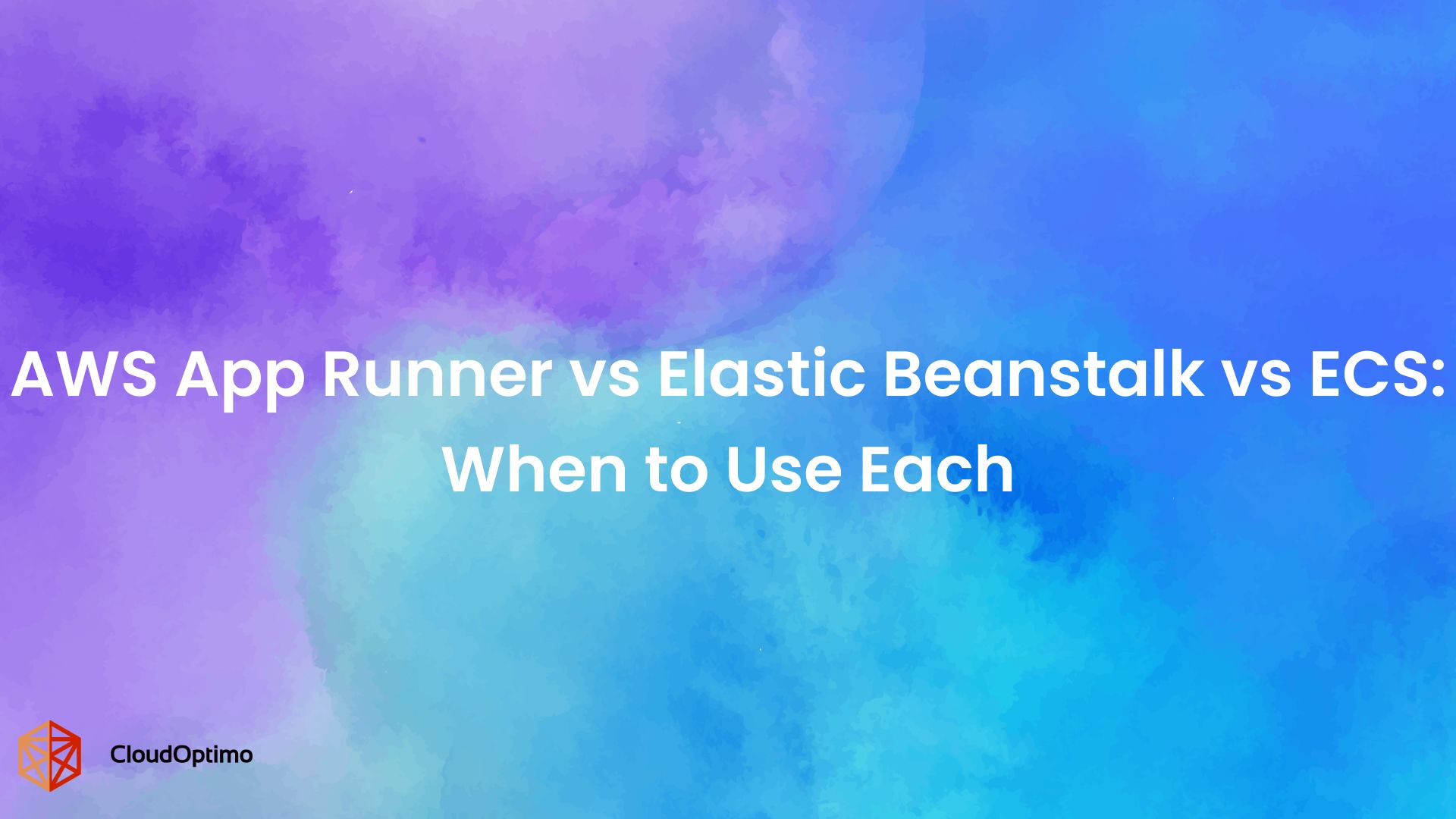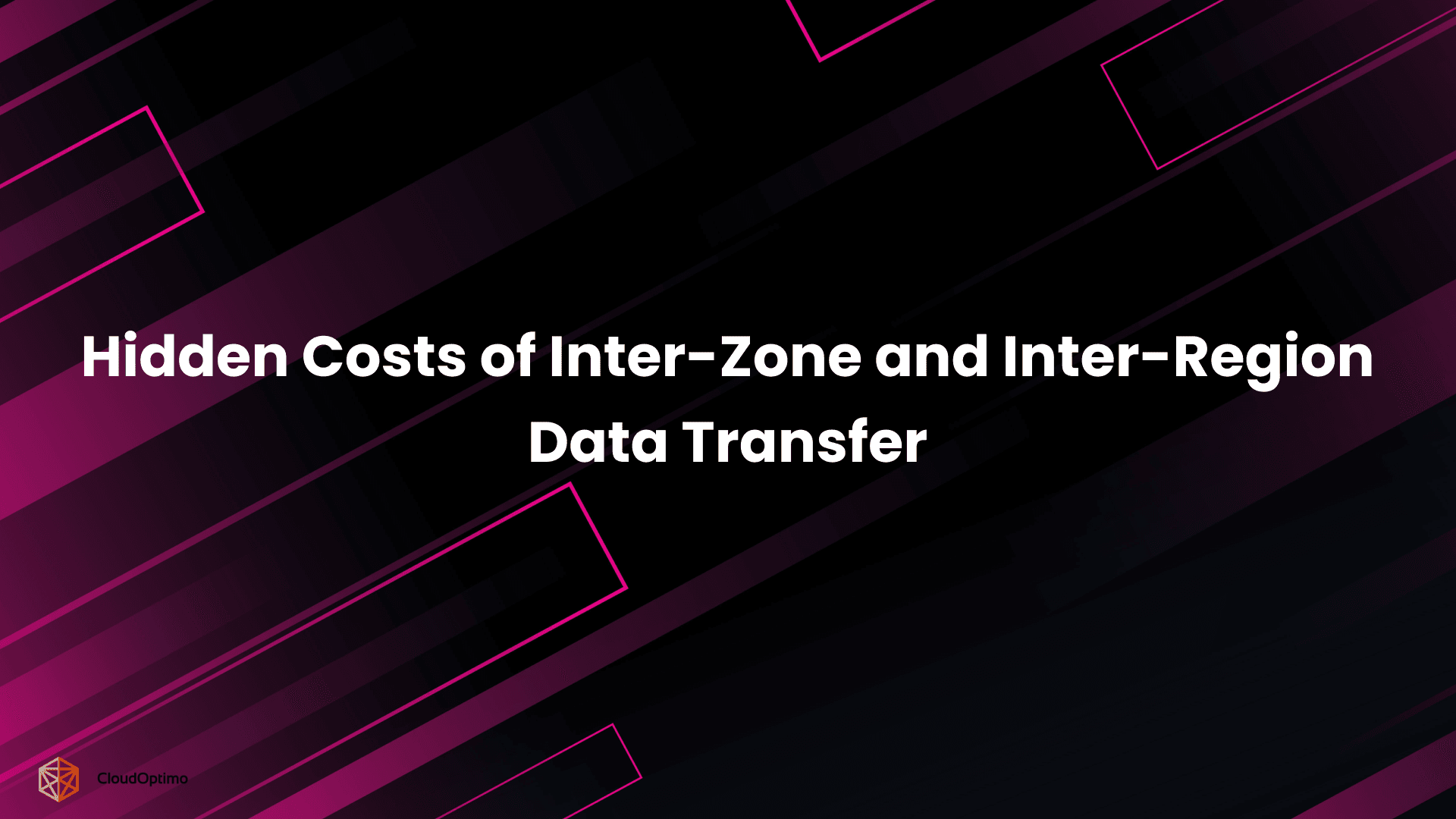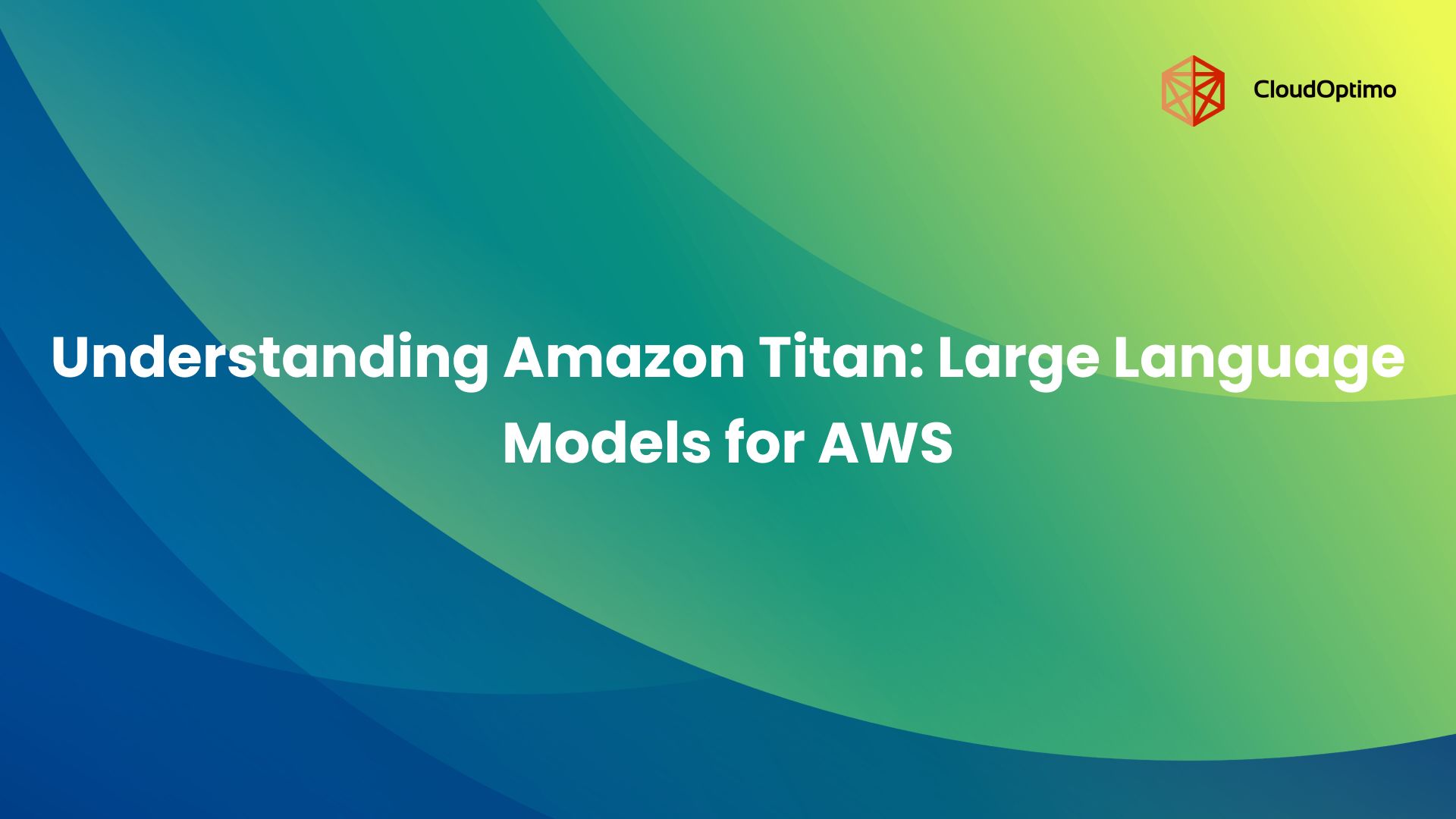1. Introduction
1.1 Overview of Governance-as-Code
Governance-as-Code (GaC) is an approach to managing and enforcing governance policies through machine-readable code. Drawing inspiration from Infrastructure-as-Code (IaC), GaC applies the same principles of automation, repeatability, and version control to governance policies, ensuring that compliance and operational rules are consistently enforced across cloud environments.
This method enables organizations to define rules for cost allocation, usage limits, resource tagging, budget thresholds, and access controls as code, which can then be automatically validated and executed. GaC helps bridge the gap between policy intent and technical implementation.
1.2 Importance of Compliance in Cloud Costing
Cloud adoption has introduced flexibility and scalability but has also made cost management complex. Without strict governance, teams can inadvertently over-provision resources, violate budget constraints, or misallocate cloud spending. Traditional compliance models rely heavily on manual reviews and reactive audits, which are inefficient and error-prone.
Automating compliance in cloud costing ensures that financial governance policies are applied proactively and consistently. It reduces the risk of budget overruns, ensures accountability, and supports financial operations (FinOps) with accurate, real-time controls.
1.3 Purpose and Scope of This Blog
This blog explores how Governance-as-Code can be used to automate compliance in cloud cost management. It provides a detailed overview of the concept, outlines common cost-related challenges, and explains how GaC can help enforce financial policies automatically. Technical professionals, DevOps engineers, cloud architects, and compliance officers will find practical insights into implementing GaC to optimize cost control in cloud environments.
2. Understanding Governance-as-Code
2.1 Definition and Core Principles
Governance-as-Code is the practice of defining, managing, and enforcing governance policies as executable code. It allows organizations to:
- Codify compliance rules using structured policy languages
- Apply policies consistently across cloud environments
- Integrate governance into deployment pipelines
- Monitor and audit policy adherence programmatically
Core principles include declarativity (policies describe desired states), immutability (changes are tracked and versioned), and automation (policies are enforced without manual intervention).
2.2 Comparison with Infrastructure-as-Code
While Infrastructure-as-Code (IaC) focuses on automating the provisioning of infrastructure, Governance-as-Code focuses on ensuring that infrastructure conforms to organizational policies. The key distinctions include:
| Aspect | Infrastructure-as-Code | Governance-as-Code |
| Focus | Resource provisioning | Policy enforcement |
| Output | Infrastructure templates/scripts | Policy definitions/rules |
| Tools | Terraform, AWS CloudFormation | Open Policy Agent, Sentinel |
| Application Timeframe | Deployment time | Pre-, during, and post-deployment |
GaC often complements IaC by embedding compliance checks into the deployment lifecycle, ensuring that non-compliant resources are flagged or blocked before reaching production.
2.3 Key Use Cases in Cloud Environments
Governance-as-Code supports a range of use cases in cloud environments, particularly those involving financial accountability:
- Budget Enforcement: Automatically restrict deployments exceeding set budget thresholds.
- Resource Tagging: Enforce mandatory cost-center tags for all provisioned resources.
- Quota Management: Prevent the creation of resources beyond predefined usage limits.
- Policy Auditing: Continuously audit cloud environments for policy violations.
- Deployment Guardrails: Integrate policy checks into CI/CD pipelines to block non-compliant changes.
These capabilities help organizations align cloud usage with financial and operational goals.
3. Challenges in Cloud Cost Management
3.1 Common Sources of Cost Overruns
Cloud environments often experience cost overruns due to:
- Idle or Underutilized Resources: Instances running without active workloads.
- Over-Provisioning: Allocating resources with excessive capacity relative to actual demand.
- Lack of Tagging Discipline: Unlabeled resources complicate cost attribution and accountability.
- Decentralized Procurement: Teams provision resources without centralized cost governance.
These issues are compounded by the dynamic and distributed nature of cloud infrastructure, making manual oversight ineffective.
3.2 Compliance Risks and Financial Exposure
Failure to enforce cost governance can expose organizations to:
- Unbudgeted Expenses: Unmonitored usage leading to sudden billing spikes.
- Non-Compliance with Financial Controls: Breaching internal or external audit requirements.
- Data Residency Violations: Using services in unauthorized regions can incur additional costs and compliance violations.
- Operational Inefficiencies: Time spent resolving cost anomalies after-the-fact.
Ensuring compliance requires systems that can continuously monitor and enforce spending policies in real-time.
3.3 Manual Oversight vs. Policy Automation
Manual approaches to cost governance involve periodic audits and spreadsheet tracking. These methods are reactive, time-consuming, and susceptible to human error. They also lack the scalability needed to manage complex, multi-account cloud environments.
Policy automation through Governance-as-Code offers:
- Proactive Enforcement: Policies are applied before non-compliant resources are deployed.
- Consistency: Uniform rules across environments and teams.
- Auditability: Every policy change is logged and version-controlled.
- Speed: Near-instant validation and feedback during deployment.
Replacing manual checks with code-based policies reduces risk and improves efficiency.
4. Role of Governance-as-Code in Cloud Cost Compliance
4.1 Policy Definition and Codification
With Governance-as-Code, cost governance policies are written in policy-as-code languages such as Rego (for Open Policy Agent) or Sentinel (for HashiCorp tools). These policies can express conditions like:
- "All resources must have a cost center tag."
- "No environment can exceed $X in monthly spend."
Codifying policies ensures they are unambiguous, testable, and version-controlled. Policies can be stored in source control systems alongside application code, enabling peer review and change tracking.
4.2 Automating Enforcement Mechanisms
Once policies are defined, enforcement can be integrated at multiple stages of the deployment lifecycle:
- Pre-deployment: Validate IaC templates before provisioning.
- Runtime: Monitor live infrastructure for drift or violations.
- CI/CD Pipelines: Block pull requests or deployments that violate cost policies.
Automated enforcement helps prevent misconfigurations and cost anomalies from reaching production environments.
4.3 Auditing and Monitoring Capabilities
GaC solutions often include features for ongoing compliance monitoring and reporting. These capabilities include:
- Violation Reports: Logs of which resources failed which policies.
- Real-Time Alerts: Notifications when thresholds are breached.
- Dashboards: Visual summaries of compliance posture over time.
Auditing capabilities ensure organizations can demonstrate cost compliance during internal reviews or external audits.
5. Technical Implementation
5.1 Tools and Frameworks (e.g., Open Policy Agent, Terraform Sentinel)
Several tools support Governance-as-Code by enabling the definition and enforcement of policies as code. Some of the most widely adopted options include:
- Open Policy Agent (OPA): A general-purpose policy engine that uses the Rego language. OPA integrates with Kubernetes, Terraform, CI/CD pipelines, and custom applications. It is highly extensible and suitable for various enforcement contexts.
- Terraform Sentinel: A policy-as-code framework integrated into HashiCorp’s ecosystem. Sentinel allows fine-grained policy control over Terraform deployments, ideal for organizations standardizing on HashiCorp tools.
- AWS Service Control Policies (SCPs): While not policy-as-code in the strictest sense, SCPs enforce guardrails at the AWS Organizations level and can be managed programmatically.
- Azure Policy & Bicep: Azure Policy enables the creation and enforcement of governance rules across Azure resources, with support for Infrastructure-as-Code through Bicep and ARM templates.
The choice of framework depends on the organization’s cloud architecture, preferred tooling, and integration needs.
5.2 Integration with CI/CD Pipelines
Embedding Governance-as-Code into CI/CD pipelines ensures policies are evaluated at every stage of deployment. This integration typically includes:
- Pre-Deployment Validation: Policies are evaluated before infrastructure changes are applied. For instance, a pipeline step can invoke OPA to verify Terraform plans against cost constraints or tagging policies.
- Fail-Fast Mechanisms: Non-compliant deployments are automatically blocked, preventing policy violations from reaching production.
- Policy as a Build Artifact: Policies can be stored, versioned, and tested just like application code, making them integral to the delivery lifecycle.
CI/CD integration enforces a shift-left approach to compliance—catching cost governance issues early, when they are cheaper and easier to resolve.
5.3 Policy Testing and Version Control
Effective Governance-as-Code requires rigorous testing and version management:
- Unit Testing Policies: Just like application code, policies should have test cases that validate expected behavior under different input conditions. Tools like conftest (for OPA) allow developers to write and run unit tests for policies.
- Version Control: Policies should be stored in Git repositories, allowing teams to track changes, review code, and roll back to previous versions if needed.
- Staging and Promotion: Mature workflows include separate environments for testing policies before promoting them to production. This ensures that policy changes don’t inadvertently impact deployments.
By treating policies as first-class code artifacts, organizations can maintain compliance with the same rigor applied to software development.
6. Best Practices
6.1 Policy Granularity and Modularity
Effective policy design requires a balance between specificity and flexibility:
- Granularity: Policies should be as specific as necessary to enforce business requirements without over-constraining developers. For example, enforcing a maximum instance size rather than disallowing certain instance types altogether.
- Modularity: Structuring policies into modular units (e.g., cost limits, tagging rules, region restrictions) enhances reusability and simplifies maintenance. Each module can address a specific compliance domain.
Modular, granular policies are easier to test, understand, and evolve over time.
6.2 Role-Based Access and Change Control
Governance-as-Code should be implemented with strict access controls:
- Policy Ownership: Assign ownership of specific policy areas (e.g., cost, security) to designated teams. This decentralizes responsibility while maintaining accountability.
- Change Management: Policy changes should go through code review, automated testing, and approval processes before being merged. This prevents unauthorized or poorly validated policy updates.
- Access Scoping: Limit who can bypass or override policies to minimize compliance risks.
Adhering to these principles ensures that policy changes align with organizational governance standards.
6.3 Continuous Compliance Monitoring
Compliance is not a one-time event—it requires ongoing enforcement and visibility:
- Real-Time Policy Evaluation: Continuously monitor infrastructure for compliance drift using policy engines integrated into runtime environments.
- Dashboards and Reporting: Use monitoring tools to visualize policy adherence, track violations, and generate compliance reports for stakeholders.
- Automated Remediation: Where appropriate, implement auto-remediation (e.g., tagging missing resources or terminating non-compliant instances) to reduce manual overhead.
Continuous monitoring creates a feedback loop that keeps cloud environments aligned with governance objectives.
7. Case Study: Real-World Application
7.1 Scenario Overview
A mid-sized SaaS company operating a multi-cloud environment faced escalating cloud costs and lacked visibility into spending patterns. Different teams deployed resources without consistent tagging or cost controls, leading to budgeting conflicts and compliance risks. The company sought to standardize cost governance using Governance-as-Code.
7.2 Implementation Highlights
The organization implemented the following strategy:
- Policy Definition: Rego-based policies were developed to enforce mandatory cost center tags, limit instance sizes, and restrict certain services in non-production environments.
- CI/CD Integration: OPA was integrated into the deployment pipelines using GitHub Actions. Policy checks were added as mandatory pipeline steps.
- Monitoring & Reporting: Daily compliance scans were configured using OPA and integrated with Grafana dashboards for visibility across teams.
- Version Control: Policies were managed in a Git repository with enforced pull request reviews and automated policy tests.
7.3 Outcomes and Lessons Learned
Key results from the implementation included:
- Cost Reduction: A 20% decrease in monthly cloud spend due to better tagging and enforcement of usage policies.
- Improved Accountability: All resources were tagged with cost centers, enabling precise chargeback to teams.
- Audit Readiness: Real-time policy logs and historical data helped pass internal compliance audits with minimal effort.
Lessons Learned:
- Start small with a few critical policies and expand iteratively.
- Engage application and platform teams early to ensure policy feasibility.
- Treat policies as a collaborative, cross-functional responsibility.
8. Conclusion
Governance-as-Code offers a structured, scalable way to enforce compliance in cloud cost management by treating policies as code. As organizations increasingly rely on cloud services, traditional manual oversight becomes impractical. Codifying financial policies and integrating them into development workflows allows teams to prevent misconfigurations, control spend proactively, and ensure consistent enforcement across environments.
Throughout this blog, we explored how Governance-as-Code enables automated enforcement through policy engines like Open Policy Agent and Terraform Sentinel. We examined common cost challenges such as resource sprawl, tagging inconsistency, and decentralized provisioning—and saw how these can be addressed with policy automation. Technical implementation requires integrating checks into CI/CD pipelines, versioning policies alongside code, and maintaining continuous visibility through audits and dashboards.
To succeed with Governance-as-Code, it's essential to focus on enforceable, testable policies that align with real-world deployment scenarios. Starting with foundational rules—like budget thresholds or mandatory tagging—provides immediate value while establishing the groundwork for broader governance initiatives.
In a cloud-driven environment, automating cost compliance is no longer optional. Governance-as-Code equips teams with the mechanisms to manage risk, maintain accountability, and operate at scale—without sacrificing agility.





